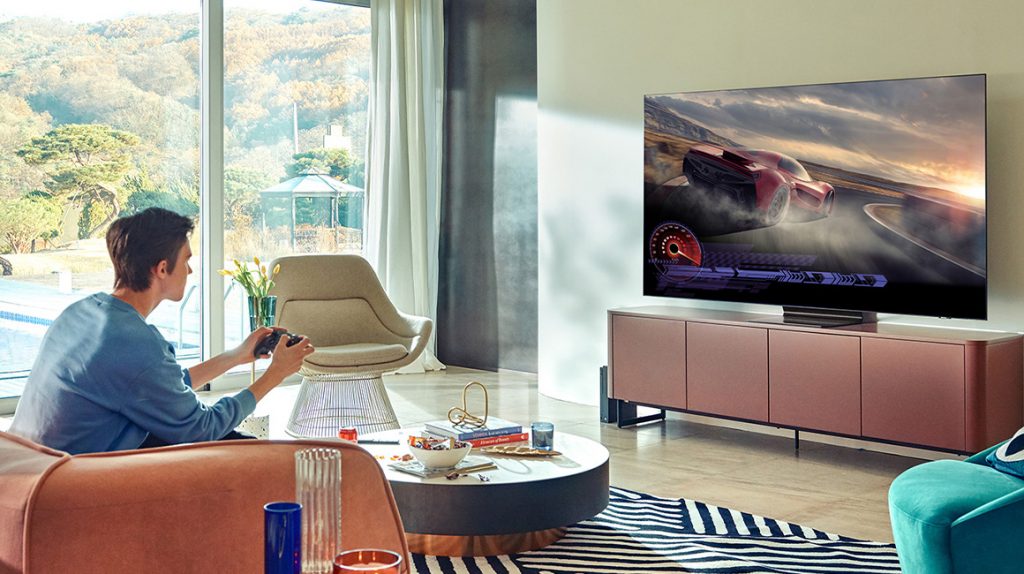Samsung has announced that all of its Neo-QLED TVs will support AMD FreeSync Premium Pro. This means gamers will be able to play at a smooth 120Hz refresh rate without tearing and with HDR enabled.
According to Samsung, 80% of the gamers using a TV to play games have either an Xbox or a Playstation console. Given that both support AMD FreeSync, including that feature in TVs is now more important than ever. Featuring AMD FreeSync Premium Pro, automatic aspect ratio adjustment, 120Hz refresh rate, and a 5.8ms input lag, the new Neo-QLED TVs are not only intended for the general public but are also quite focused on giving gamers the best possible gaming experience from their consoles.
Featuring mini-LED backlighting, the Neo-QLED TVs from Samsung have a higher contrast ratio than their predecessors. These TVs come with a Neo Quantum processor that's capable of automatically adjusting the picture according to the viewing environment. Both the QN85A and the QN90A series come with a 4K resolution, with the former sporting Quantum HDR 24x and the latter having Quantum HDR 32x. The QN800A features an 8K resolution and Quantum HDR 32x. The QN900A also has an 8K resolution but features Quantum HDR 48x on the 65-inch model, and Quantum HDR 64x on the 75 and 85-inch models.
These TVs are expected to be available in Europe by the end of Q1 2021, but pricing has not been revealed yet. In the US, the Neo-QLED will be available starting February 27th, with prices starting at $1599.99 for the 55-inch 4K QN85A, up to $8999.99 for the 85-inch 8K QN900A. You can learn more about the upcoming Samsung Neo-QLED TVs HERE.
KitGuru says: Are you considering a new TV to pair up with a next-gen gaming console? What do you think about the upcoming Samsung Neo QLED TVs?
 KitGuru KitGuru.net – Tech News | Hardware News | Hardware Reviews | IOS | Mobile | Gaming | Graphics Cards
KitGuru KitGuru.net – Tech News | Hardware News | Hardware Reviews | IOS | Mobile | Gaming | Graphics Cards



